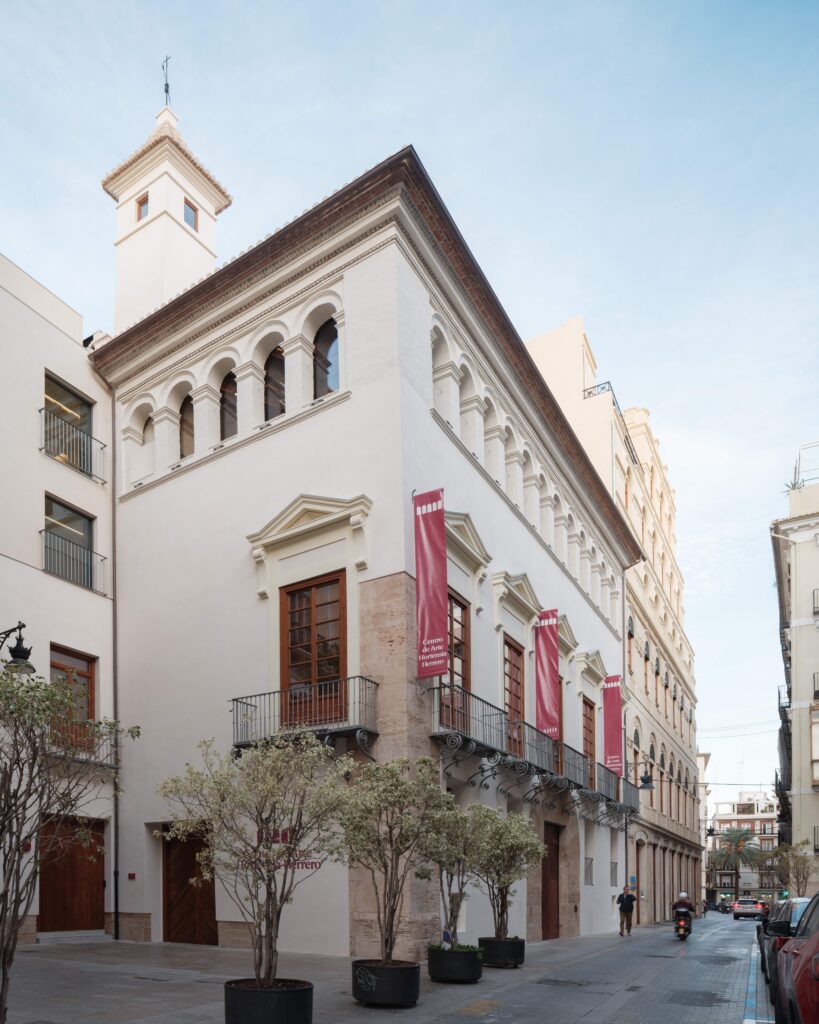The Hortensia Herrero Art Centre, located in the old Valeriola Palace, summarises the history of the city, from Roman, Visigothic, Islamic and Christian times, creating a space like few others in Valencia where visitors can contemplate and admire the past.

We will inform you about the latest news from the Hortensia Herrero Art Centre: exhibitions, activities, events, discounts, etc.